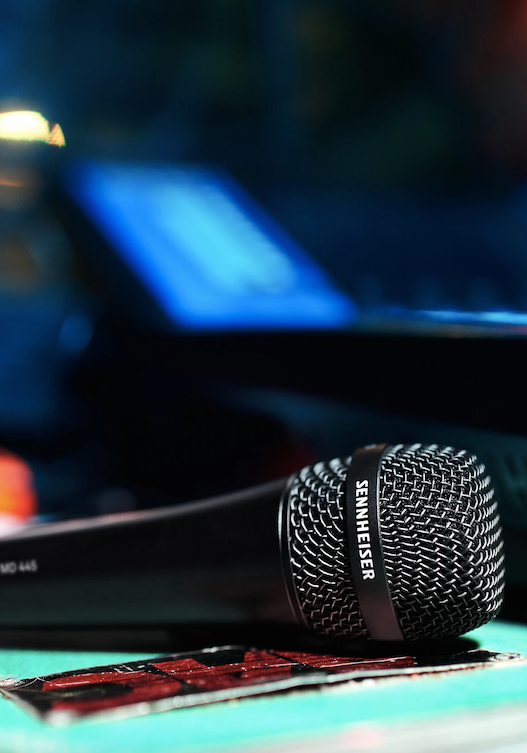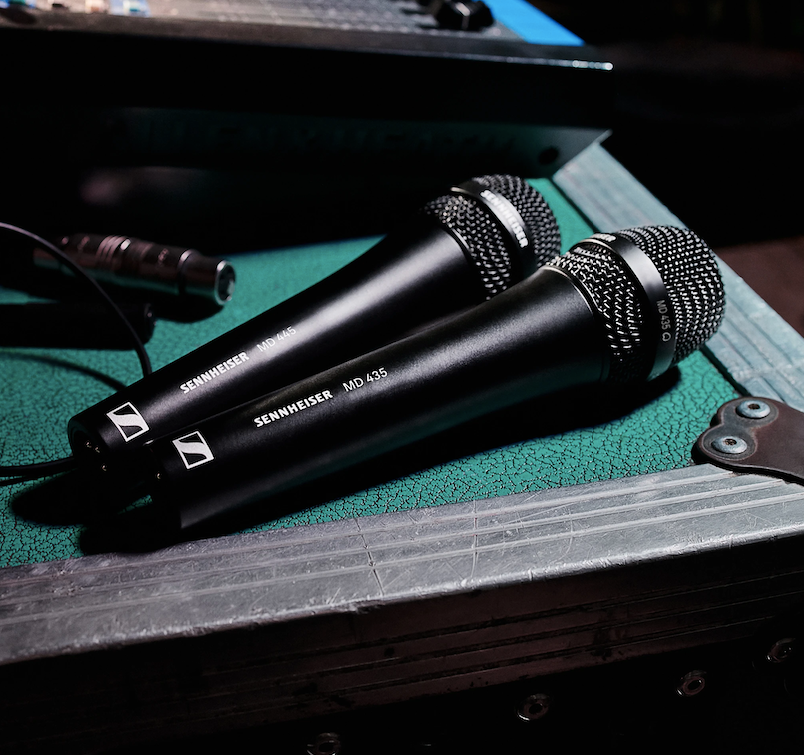After recently previewing Sennheiser’s new MD 445 & 435, how will they stack up in a real listening test against an array of fellow dynamic mics and a few classic condensers?
Giant strides have been made in dynamic microphone technology in the past few years to the point where we now have a host of new technologies in diaphragm design to capsule mounting systems.
Sennheiser has had a long and illustrious history in dynamic microphone design from the hugely popular multipurpose MD 451 (which still graces drum kits on stages and studios around the world) to the unusually-shaped MD 441 vocal mic - a lesser known, but highly respected mic of its time.
And it’s quite uplifting to be reviewing new, high end dynamic microphones aimed predominantly at the live music sector in these unprecedented times So let’s get stuck in.
First, we have the MD 435 - a wired derivative of Sennheiser’s excellent large diaphragm cardioid MD 9235 radio capsule, which has been favoured by the likes of P!nk, Ed Sheeran, Adele, and Kendrick Lamar amongst others.
Until now, this capsule was only available on a radio body in Sennheiser’s 6000 or 9000 Series products, so it’s good that Sennheiser has responded to calls from engineers and artists alike to give them the capsule they love in a wired handheld.
I find it hard to judge the quality of my own voice at the same time as I’m speaking. Luckily for all concerned, I can’t sing, and have long since given up on the outside chance that practice will ever make perfect.
So, as I have a bit of a mic collection, including a selection of dynamics and condensers from a number of manufacturers, I thought I might do a spot of speech recording and then compare just how the MD 435 and 445 stack up.
So to complement this test and make it a viable comparison, I introduced a rather loud background noise: Nickelback on repeat play, to a level where talking would get lost if you were a couple of feet away and you’d probably be asking, “Turn that down please, I can’t hear what you’re saying” (or words to that effect).
Setting up the recording, I also put a 1 kHz tone at a fixed level, into a monitor. I stuck the mics one inch in front, one at a time, so I could match the gains as closely as possible.
As expected, all the condensers are significantly hotter than the dynamics, so using the input channel’s metre to gain-match them as closely as possible is the only way to make a justifiable comparison of such a different range of microphones.




